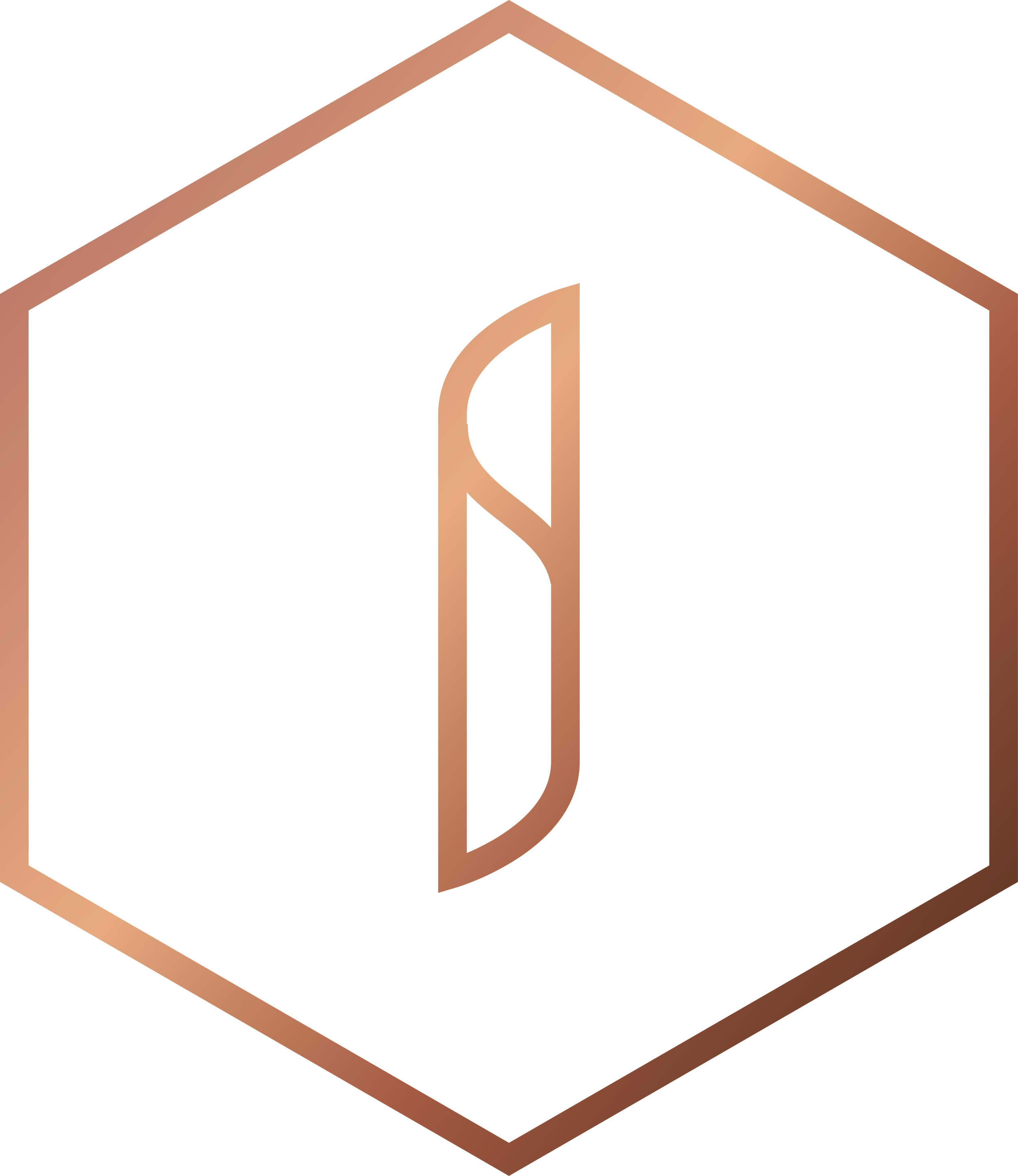5 reasons why VR is perfect for education
2017 was a busy year for Virtual Reality, as consumers truly began to take notice. Tech companies were quick to identify this interest, and began to drive VR innovation across many different industries.
Travel, entertainment, hospitality and healthcare all benefitted from new tools based around VR, and now its the education sectors turn to contract the VR bug!
Here are 5 reasons why VR is perfect for education.
[1] Pupils can travel the world (and beyond) without leaving the classroom
Imagine trekking through the jungles of the Amazon, or across the freezing tundras of Antarctica, or even reaching the top of Mount Everest without leaving the classroom.
VR enables this. Even the most inaccessible regions of planet Earth can be viewed with VR. Take note of Google's growing library of Expeditions, allowing pupils to take field trips to virtually anywhere.
Expeditions are easily enabled by having a mobile or tablet device and a VR viewer (the cheapest option is actually Google's own Google Cardboard).
[2] Remote learning is now EVEN more possible
Delivering equitable education on a global scale has been a major concern for many years. With VR, even the most remote of would be learners, with basic internet and a VR kit, can join in on a classroom learning experience.
[3] Walk with dinosaurs or fight in the Battle of Hastings
History no longer needs to be read from a dusty old book! With VR, pupils can be a part of some of the most significant moments in the world’s history.
Lessons can range from:
- comparing / visiting historical sites - e.g. what the Colosseum in Rome looks like now and how it looked back in AD 80, filled with 1,000's of spectators watching a gladiatorial contest
- witnessing key moments in history - e.g. be a part of the crowd listening to Martin Luther King, Jr.'s infamous 1963 I Have a Dream speech in Washington D.C. or experience the harrowing lives of a soldier on the front-line, surviving in the trenches, during The Great War
- understanding different cultures and times: e.g. live the "samurai code" in feudal Japan
YouTube already hosts plenty of amazing content - try searching for 360° videos for some inspiration. Here is David Attenborough meeting the largest ever discovered dinosaur!
[4] Explore creativity with pupil-led VR experiences
Driving creativity and digital learning in schools is highly desirable right now. Pupils learning how VR can bring their work to life opens up some very exciting and innovative doors.
Platforms like Tilt Brush are a great introduction to this idea - where pupils can paint in 3D space using a whole room as their canvas!
[5] VR can have real applications in EVERY subject
- Learn all about anatomy by exploring the human body for science
- Dive into volcanoes for geography
- Feel and live the freezing cold of the Ice Age for history
- Watch a Shakespearean play for English and drama
- Watch the Empire State Building being built for engineering and architecture
VR has no limits in the subjects it can bring to life.
The practical applications of VR are amazing and we will undoubtedly see more and more innovation over the next few years. While the pedagogy is still being discussed and refined, VR is largely regarded as a highly adaptable and powerful tool for schools to benefit from.
Steve Bambury, Head of Digital Learning and Innovation across the JESS Dubai schools, offers this model for introducing VR in the classroom.
We hope you have enjoyed reading about this topic and can see why VR is such a great tool. Have you experienced / trialled VR in the classroom at your school, or do you have any views on this subject? We'd love to hear from you.
Please comment below.


